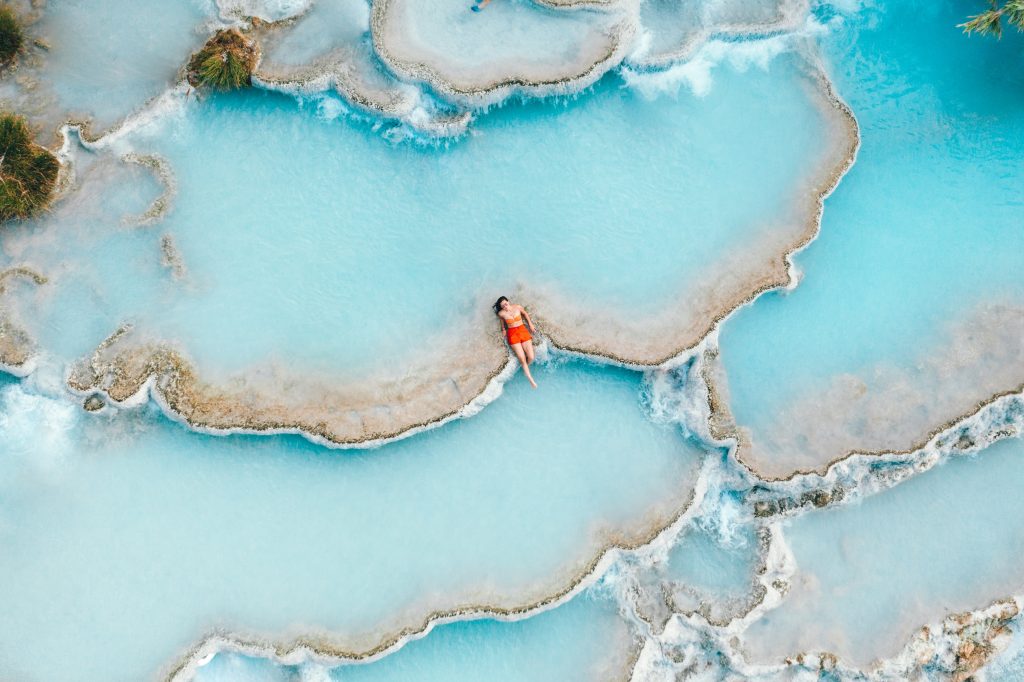Drone photography is a unique way to capture stunning aerial shots of landscapes, wildlife, and other subjects. It offers an incredible perspective not easily achievable through traditional photography. This also offers practical applications in construction and disaster monitoring.
This guide is intended for amateur photographers who are interested in exploring the world of drone photography. Whether they are complete beginners or experienced photographers, this article will be helpful.
Here we will discuss the essential equipment for drone photography and how to take great drone photos. Sections dealing with applying photography fundamentals in drone photography and how to edit your drone photos also follows.
Table of Contents
The Essential Equipment for Drone Photography
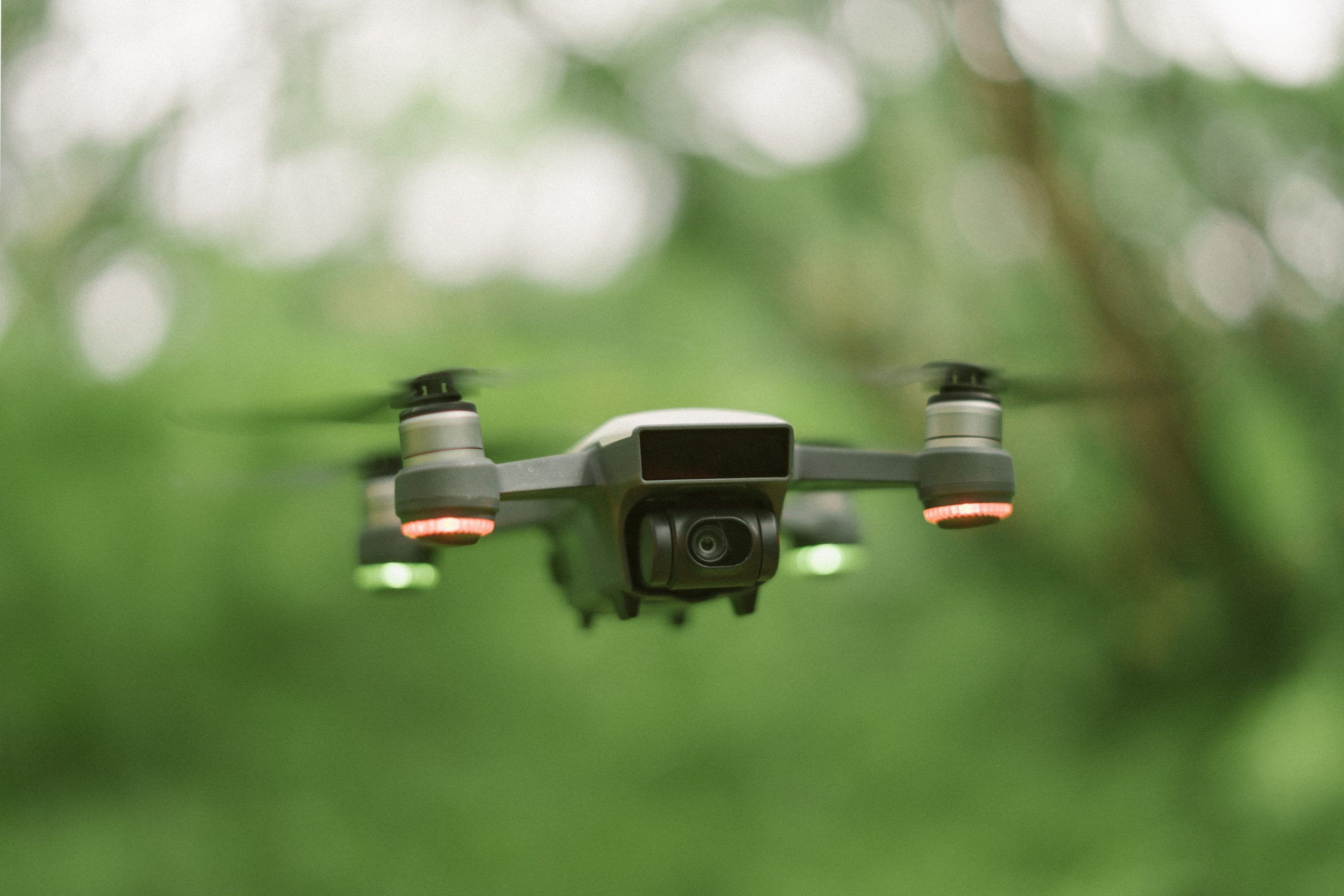
Before you begin taking photos with your drone, you will need to invest in a quality UAV that meets your needs. When choosing a drone, keep in mind the type of photos you want to take and the features you need. Consider factors such as camera quality, flight time, range, and durability.
Camera
The camera that comes with your drone will have a huge impact on the quality of your photos. Make sure to research different cameras and compare features such as resolution, frame rate, and ISO range.
Batteries and Memory Cards
In addition to a drone and camera, you will also need batteries and memory cards. Batteries are essential for keeping your drone in the air so invest in multiple batteries so you can keep shooting without interruption. Memory cards are essential for storing your photos and videos, so choose one with enough storage space for your needs and make sure it is compatible with your camera.
Spare Parts
Lastly, take precaution by being ready with spare parts. Unexpected accidents can happen while flying your drone. Therefore it’s important to have spare parts on hand in case something goes wrong. Invest in extra propellers and other parts that may need to be replaced.
How to Take Great Drone Photos

The ultimate test in all forms of photography is applying the fundamentals. However, the following are important factors in taking great drone photos. Find out how to utilize Location, Weather, Camera Settings, and Drone Piloting to your advantage. After mastering all these, you’re on your way towards capturing stunning drone images.
Location
Location is one of the most important aspects of drone photography. You want to choose a spot that has good visibility, minimal obstacles, and is legal for drone flying. To find the best locations for drone photography, you can look for parks, open fields, beaches, and other open spaces. Make sure to check the local regulations before flying your drone in any given area.
Choosing the right location is key to taking great drone photos. Look for interesting angles and perspectives that can’t be captured from the ground. Consider factors such as lighting, weather conditions, and other hazards before taking off.
Once you’ve chosen a location, it’s important to scout out the area and plan your shots in advance. This will help you plan the best angles and determine what kind of shots you’ll be able to get. It’s also important to note any obstacles or hazards that might be in your way when shooting.
Weather
Weather can have a huge impact on your drone photography. Choosing the right weather conditions is essential if you want to get great shots. It’s important to pay attention to wind speed and direction when selecting a location. You also want to be mindful of rain or snow as it can make it difficult to see your subject clearly.
In general, it’s best to shoot on days with clear skies that are free of clouds, fog, or haze. Bright sunlight can also be beneficial for drone photography as it will create a nice contrast between the foreground and background. However, if you’re shooting in the evening or night, a full moon can provide enough light for stunning shots. In addition to this, natural weather conditions such as fog or haze add drama and story to your drone photos.
Camera Settings
Once you’ve chosen a location, it’s time to adjust your camera settings. Adjusting your camera settings is essential for taking great photos with your drone. Make sure you understand how shutter speed, aperture, ISO, and other settings work so you can get the most out of your camera. Work on this by using another camera before taking flight to avoid emergencies.
Drone Piloting
Last but not least, practice flying your drone before taking any photos or videos. Familiarize yourself with the controls and test out different maneuvers until you get comfortable with flying your drone. This is the most important factor in taking great drone photos. Make sure that you are comfortable with piloting a drone before exploring drone photography.
Applying Photography Fundamentals in Drone Photography
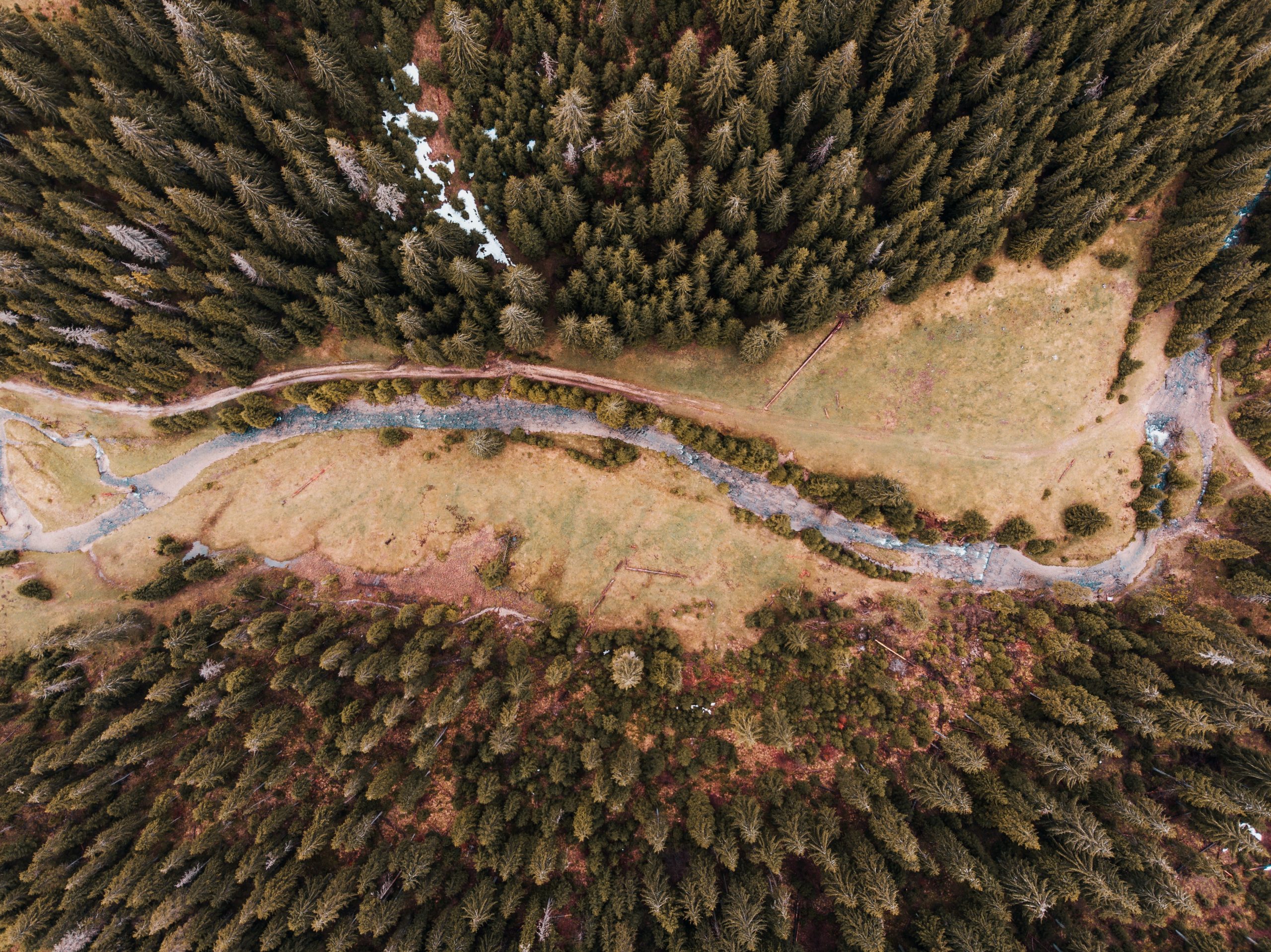
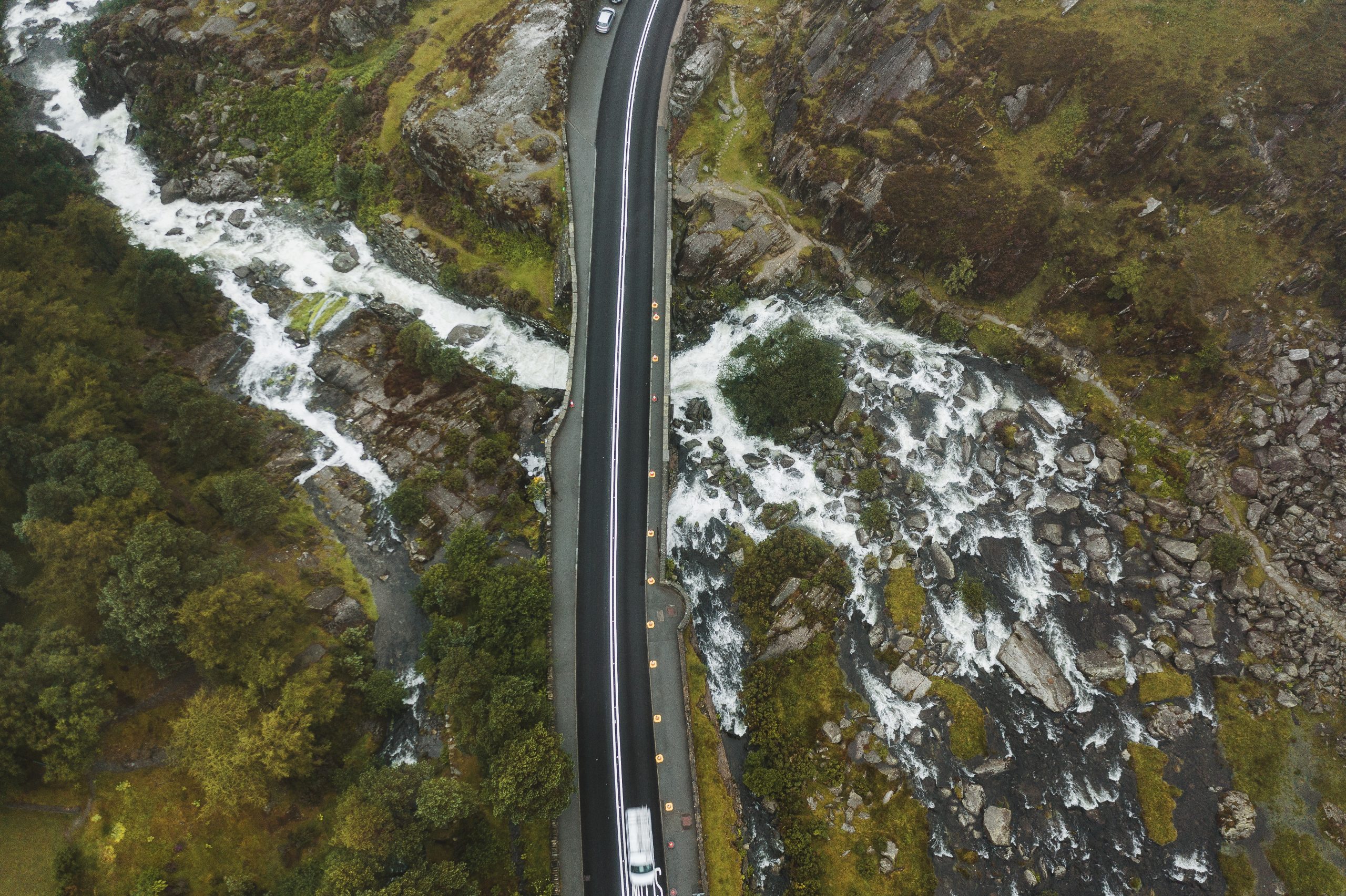
It’s important to understand the fundamentals of photography when shooting with a drone. The key settings you should be aware of include shutter speed, aperture, ISO, white balance, and exposure compensation. Knowing how to adjust these settings is essential if you want to get the best shots possible.
Composition
Composition is an essential element of great photography regardless of the type of camera you are using. When taking photos with your drone, look for interesting angles that emphasize the subject and create an interesting composition. Consider leading lines, symmetry, framing, and other elements to help create stunning images.
When composing your shots, try to focus on creating interesting visuals by combining multiple elements such as lines, shapes, colors, and textures into one image. This will help make your photos stand out from the rest and give viewers something new to look at every time they see them.
Lighting
Lighting plays an important role in all types of photography, including drone photography. Pay attention to shadows and highlights when framing your shot and consider using filters or adjusting exposure to make sure your photos look their best.
Light is one of the most important elements in photography so mastering how to work with it is essential for taking great drone photos. Natural light is usually the best option when shooting outdoors but you may also want to use artificial lighting such as LED lights or flashes if needed. Understanding how light works and knowing how it will affect your shots is key if you want to capture stunning visuals with your drone camera.
When working with light, make sure to adjust your camera settings accordingly. For example, if you’re shooting in bright sunlight, use a smaller aperture and faster shutter speed so that you don’t overexpose your images. On the other hand, if you’re shooting in low-light conditions, use a larger aperture and slower shutter speed so that you don’t underexpose them.
Perspective
Lastly, the perspective offered by drones can be used to create unique and interesting compositions. Try shooting from various heights and distances to get a different perspective of your subject.
How to Edit Your Drone Photos
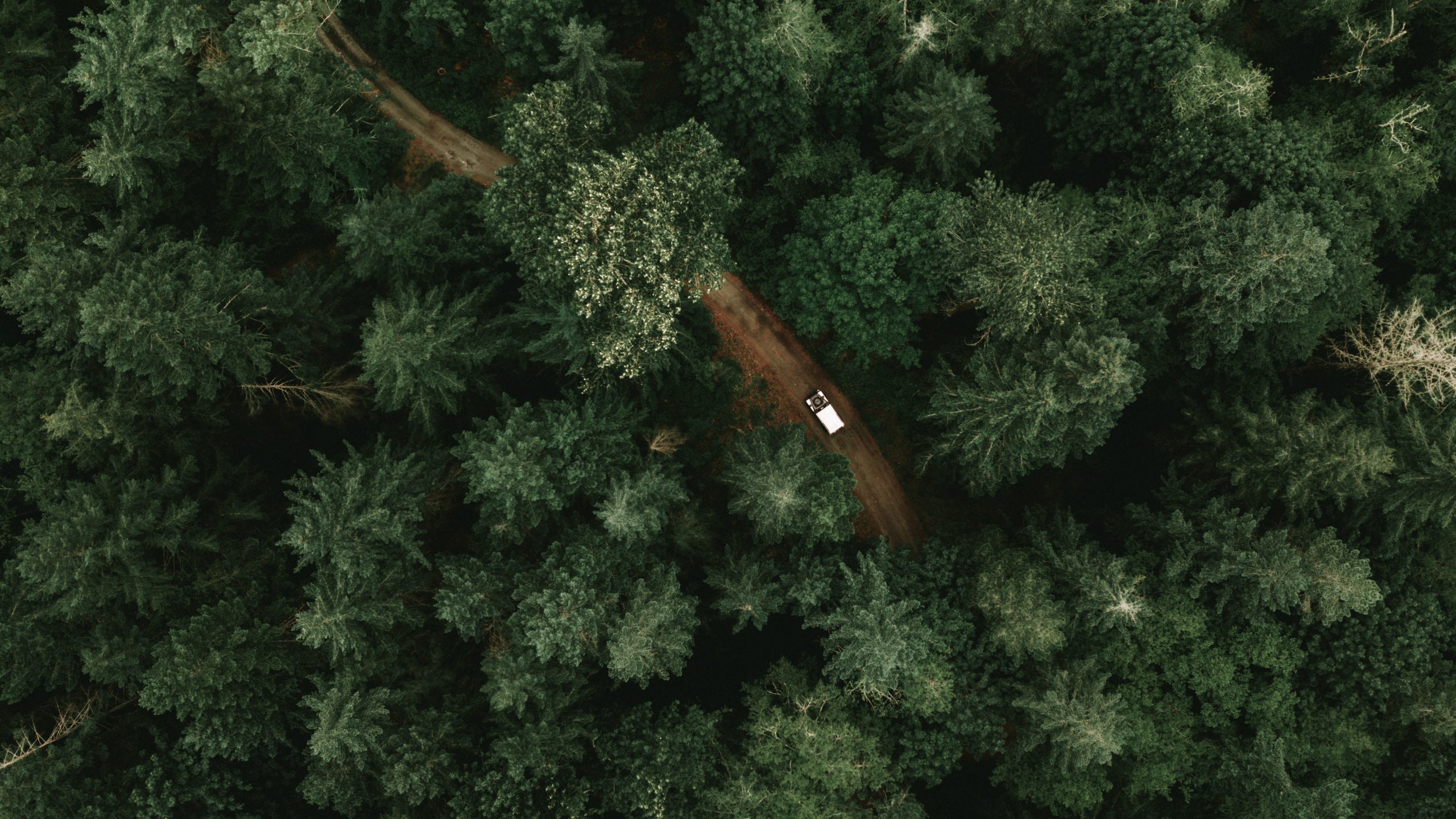
After taking photos with your drone, it’s time to start editing them. There are plenty of great editing software options available for both Mac and PC users. Choose one that meets your needs and fits within your budget. Popular editing software for drone photography includes Adobe Photoshop, Lightroom, and GIMP. These programs allow you to crop, adjust exposure levels, and add filters for more creative shots.
Learn the basics of photo editing so you can enhance your photos without overdoing it. Adjust brightness, contrast, color balance, saturation, sharpness, and other settings as needed. Once you’ve mastered the basics of photo editing, it’s time to explore more advanced techniques such as masking, dodging and burning, selective color adjustments, etc. These techniques will help bring out details and make your photos look more professional.
It’s also important to keep in mind that post-processing can take a long time so make sure you plan accordingly before starting your project. Try experimenting with different techniques to see what works best for your photos. Check out our previous article about the art of editing photos.
Conclusion
Drone photography has become increasingly popular over the past few years due its unique ability to capture stunning aerial shots that were once only possible with expensive equipment. In this blog post we discussed how to master drone photography by understanding key camera settings such as shutter speed, aperture ISO, white balance, and exposure compensation.
You also learned working with natural light, mastering popular photography techniques, and applying creative composition ideas into your work. With these tips in mind, you should be well on your way towards becoming a master of drone photography!
This guide provided an overview of essential tips for beginner drone photographers. You should now have an understanding of what equipment is necessary for successful drone photography. You also now know how to take great photos with your drone and how to apply photography fundamentals in drone photography. Lastly, you are equipped with knowledge about editing your photos for maximum impact.
Drone photography offers unique perspectives of landscapes not easily achievable through traditional methods as well as practical applications in construction sites and disaster zones monitoring. As you continue exploring the world of drone photography remember to practice regularly so you can improve your skills over time. Experiment with different techniques and settings and don’t be afraid to make mistakes – that’s how you learn!
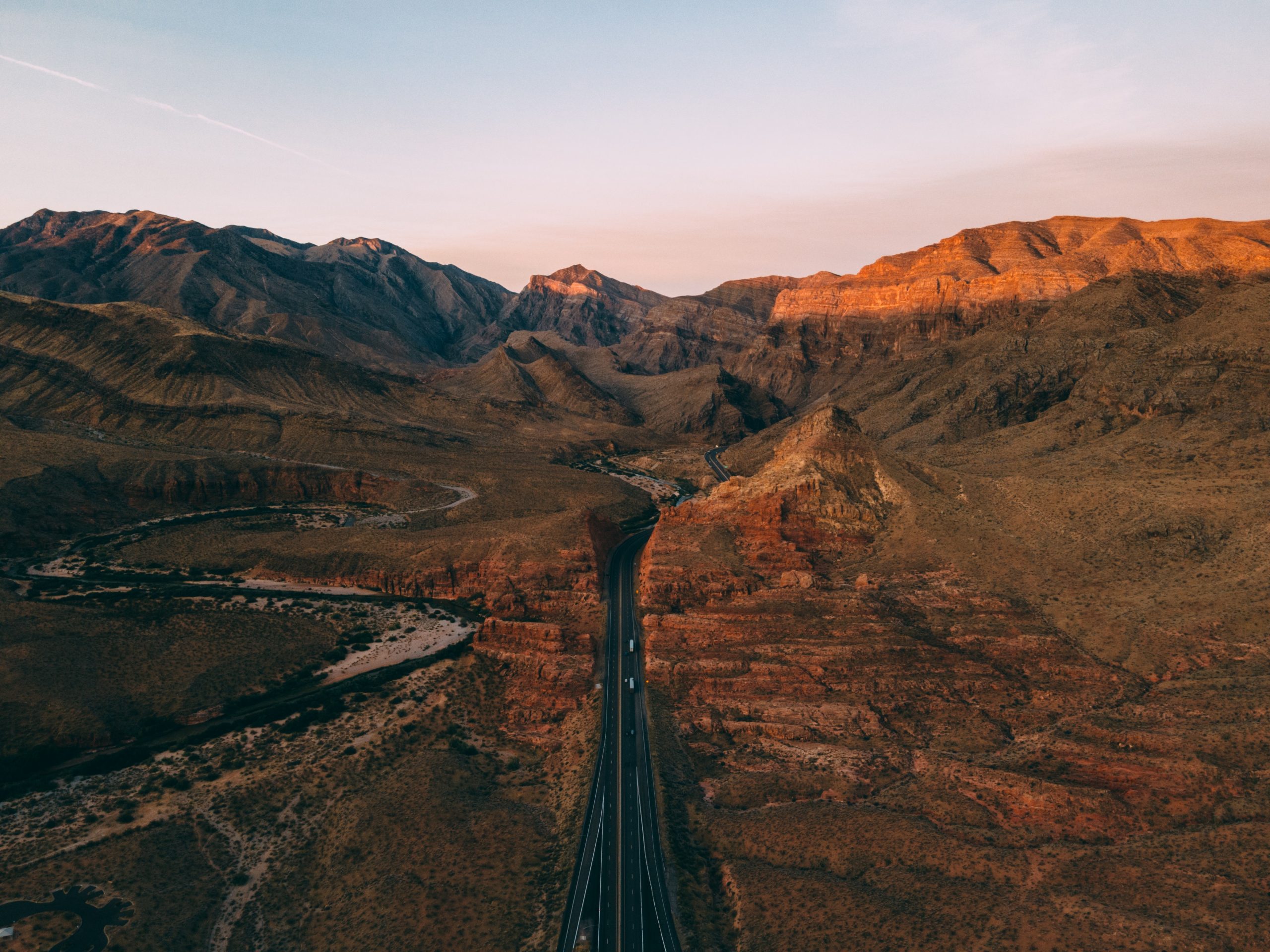
Afterword
In this blog post we discussed how to master drone photography by understanding key camera settings such as shutter speed, aperture ISO, white balance, and exposure compensation. You must also learn how to work with natural light and apply creative composition ideas into your work. With these tips in mind, you should be well on your way towards becoming a master of drone photography!
We hope that you find this article helpful. Thank you for reading and you’re always free to leave a comment. If you find this article interesting, consider checking out one of our recently published posts. A few of them showcase AI Art Generators in extreme detail. On the other hand, if you’re looking towards Photography, we also offer great articles for your inspiration. We also have multiple articles that talk about the various printing mediums for wall art. May you find these articles entertaining!
Find them here:
The 5 Best AI Art Generators
Why Choose Metal Prints using Chromaluxe?
Guide to Product Photography
Guide to Toy Photography
The Art of Editing Photos
Best Outdoor Print and Signage Options
Best Wood Printing Companies in 2022
We enjoy reading your comments and insights with our posts! Should you have any questions or concerns, feel free to leave them below! -Mark

